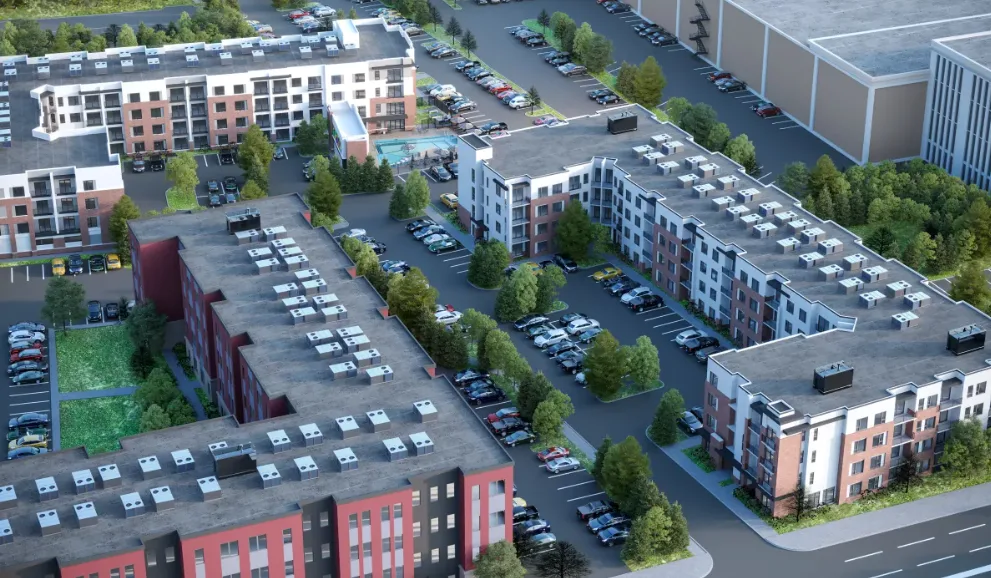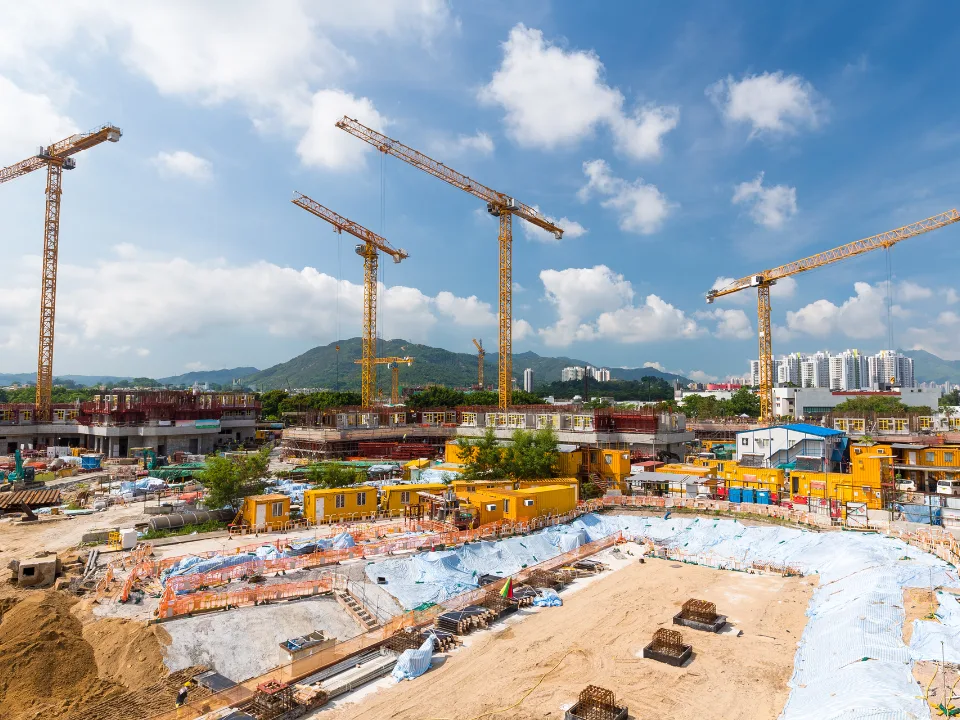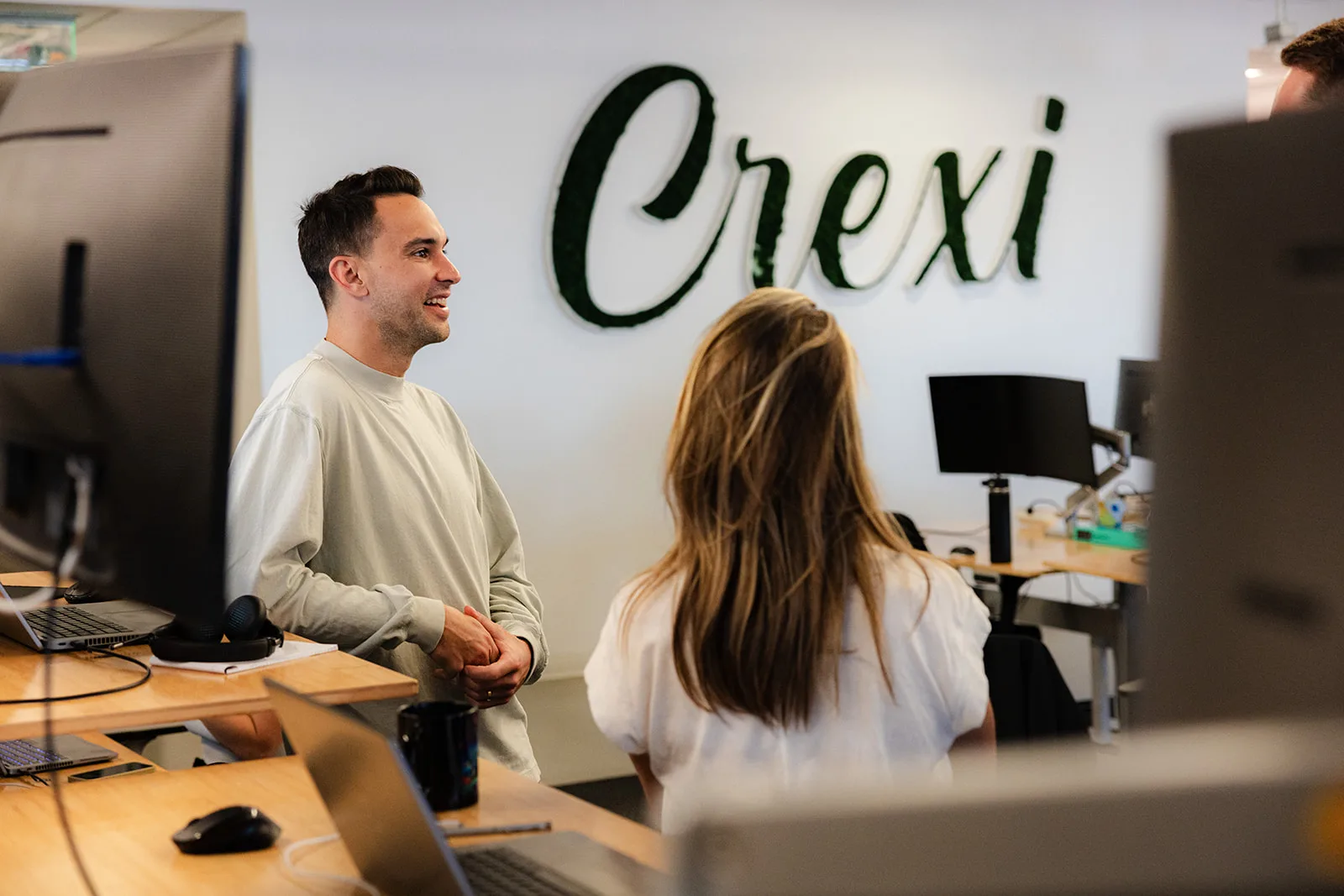- US industrial construction is slowing, with the pipeline down 62% from its late-2022 peak, as rising material costs and tariff-driven uncertainty impact new projects.
- Leasing remains steady for now, but Savills predicts short-term renewals and subleasing will rise, while landlords in one-third of markets have already cut asking rents by at least 5%.
- Manufacturing reshoring efforts, though briefly spiking in 2022, are projected to fall 20% between 2024 and 2025, suggesting tariffs alone aren’t a major driver for bringing production back to the US
New trade policies under President Trump are slowing US industrial construction and shifting lease terms, as reported by Commercial Observer.
The Slowdown
The US industrial construction pipeline has shrunk by 62% from its peak in the fourth quarter of 2022, when it reached 806.9M SF. It has now fallen back to 2018 levels, with just 306.9M SF currently under construction. The volume of new industrial construction projects is expected to continue declining into 2025 as higher tariffs raise the cost of imported building materials. Meanwhile, the current industrial vacancy rate sits at 7.8% and is expected to increase.
Leasing Trends Shift
While industrial construction slowed, industrial leasing held steady at about 180M SF in the first quarter of 2025. However, Savills forecasts a shift in tenant behavior. Companies are expected to favor short-term renewals and subleasing strategies due to rising uncertainty, and landlords in about one-third of markets have already dropped asking rents by 5% or more to stay competitive.
Get Smarter about what matters in CRE
Stay ahead of trends in commercial real estate with CRE Daily – the free newsletter delivering everything you need to start your day in just 5-minutes
The Reshoring Question
Despite the tariff pressure, manufacturing reshoring has not seen the boost some predicted. Reshoring job announcements actually dropped in 2018 and 2019 following previous rounds of tariffs. Although there was a surge in 2022, Savills projects a 20% decline in reshoring announcements from 2024 to 2025. So far, government incentives, customer proximity, and skilled labor availability have been stronger motivators for reshoring than tariffs alone.
Geographic Impacts
Ports with heavy trade ties to China, particularly those on the West Coast like Los Angeles, are considered most vulnerable to the effects of tariffs. Markets along the Texas border, where container crossings surged 61% year-over-year in 2024, could also face challenges moving forward. Retailers reliant on these supply routes, such as Shein, Walmart, and Ikea, are already adapting by reconfiguring supply chains and seeking domestic alternatives.
Why It Matters
Tariffs may boost domestic industrial activity long-term but are currently straining construction margins and delaying new development. Without broader policy support, developers and tenants must manage rising costs and a rapidly changing industrial market.
What’s Next
Expect continued caution in industrial development through 2025, with efficiency in construction design becoming a higher priority. Leasing strategies are shifting amid uncertainty, while long-term industrial demand could grow if reshoring gains government support.


















